Trello and Todoist are two names that are often heard when it comes to task management. Both can help you manage tasks, workloads, and projects.
That said, these two tools take different approaches to task management, and one may better suit your needs than the other.
This article compares Trello and Todoist to help you find the ideal task management app for your next project. We explore the similarities, the differences, and the pros and cons of both apps. We also point you in the right direction if neither of these apps is your best choice.
Trello: The Kanban app for project management
Trello is a simple project management tool designed around the Kanban system of boards, lists, and cards. It offers a completely different experience from Todoist, which takes a list-based approach to task management. These differences will become clear as we examine Trello’s key features.
Project management vs. task management
The key consideration here is that Trello is designed for managing projects, while Todoist is a task management tool.
With Trello, you create boards for each project. Then, you add tasks as cards and group them into lists — e.g., “To do,” “Doing,” and “Done.” With cards, you can assign tasks to team members, add descriptions or checklists, and set due dates.
The Kanban system means you’re managing everything at the project level, including tasks. This is great if you need a team project management app, but not so good if you want a personal task management tool.
Simple team collaboration
Trello makes team collaboration simple, fast, and effective. Team members can share files, leave comments, tag teammates, and receive notifications for any relevant updates.
These are relatively basic collaboration features compared to more advanced project management software. However, compared to Todoist — the task management app — Trello is the better tool for team collaboration.
Workflow automation
Trello includes an automation engine called Butler, which you can use to create code-free automation workflows. For example, you can build a workflow that automatically moves tasks (cards) onto a different list when a team member completes every item on the checklist.
You can also implement automation beyond Trello via integrations — for instance, automatically sending messages to Slack or creating new Jira tickets when an action is completed.
Although you have to set up the initial workflows, you can drastically reduce the time team members spend manually updating task progress. This is Trello’s strongest productivity feature and one of its biggest advantages over Todoist, which requires third-party integrations for automation.
Who should use Trello?
You should use Trello if you want a simple, affordable tool for managing projects and teams. The big caveat is that you better be a fan of the Kanban system and remember that Trello starts to struggle with large or complex projects.
Consequently, task management takes a back seat, and you can forget about managing individual workloads. You need to decide what’s more important to you: project management (Trello) or task management (Todoist).
Alternatively, if you need one tool that can do both, Motion is the perfect alternative.
Todoist: The to-do list app for task management
Todoist is a task management app built around the classic to-do list concept. As its key features show, it’s best suited to individuals who want to manage their own task lists and personal workloads.
To-do lists
As the name suggests, Todoist was originally designed as a simple to-do list app. Todoist has expanded its feature set to compete with other productivity tools in recent years, but personal task management is still its biggest strength.
You can quickly create individual tasks, set deadlines, and prioritize them to concentrate on what matters most. This to-do list approach is far more efficient for personal task management than the Kanban system.
If you want a simple, effective to-do list app for managing personal tasks, Todoist is a better choice than Trello.
Speedy task management
Todoist makes task management quick and easy. You can add new tasks by simply typing one line of text (e.g., call Alex Wednesday at 10am), and Todoist will schedule your task at the appropriate time.
You can view task lists for “Today” and all “Upcoming tasks” from the main dashboard. You can also prioritize tasks and order them by priority status or create labels to group tasks into categories.
Todoist also offers collaboration features similar to Trello, but they’re less effective outside the Kanban system.
Productivity tracking
With productivity tracking, you can set goals and track your progress with daily and weekly productivity visualizations.
You can view your activity history to track your progress over time and view completed tasks to see how small steps have resulted in big achievements.
Who should use Todoist?
You should use Todoist if you want an affordable, personal task management tool for organizing to-do lists.
It’s harder to recommend Todoist for project management or managing team workloads. The company has expanded into these areas, but it’s struggling to upscale from an app originally designed for personal use.
The danger is you’ll have to incorporate another tool for managing team workloads. This means you’re paying for multiple tools and switching between them to solve one problem.
At this point, it probably makes more sense to use a single tool that can manage individual tasks and team workloads. If you want one app for managing projects and team workloads, try Motion.
Trello vs. Todoist: How does the pricing compare?
Trello and Todoist are the most affordable tools in their respective categories. Here’s a quick look at how their plans and pricing compare.
Plans and pricing
Trello:
- Free plan
- Standard: From $5 per month
- Premium: From $10 per month
- Enterprise: From $17.50 per month
Todoist:
- Free plan
- Pro: From $4 per month
- Business: From $6 per month
Trello vs. Todoist: Which is better value for money?
Trello and Todoist offer free plans and affordable starting prices on their paid plans. However, Trello has a more expensive upgrade path, so the monthly fees increase significantly if you upgrade to the Pro or Enterprise plans. Todoist remains affordable, and it’s the more straightforward product overall.
More to the point, these are different tools designed for different purposes. Trello is a team project management tool, while Todoist is a task management app best suited for personal use.
In terms of value for money, this isn’t a fair comparison. The more important question is, what do you need: a project or task management app?
If you need both, Motion is better value for money. It offers project and task management for teams, intelligent AI scheduling for individuals and teams, an integrated calendar, a meeting assistant, and plenty more — all from one app.
With Motion, you don’t need to worry about upgrade fees. You get access to every feature from day one and pay the same monthly fee.
Trello vs. Todoist: What do real users say about these apps?
Feedback from Trello users
Most Trello users love its simplicity, while most complaints refer to missing advanced features, which you would expect at this price point. Here are some excerpts from reviews left by Trello customers:
“It keeps my work team up to date with scheduled tasks, and it allows me to create flow charts and generate reports; the best of all is that I can add tags. In addition to this Trello has mobile applications, which gives me access to my work from anywhere.” – Hilary C.
On the negative front, this customer says that “searching for cards or specific tasks has always been a problem.” In a separate review, another customer also touches on some of Trello's missing features:
“There are several lacking features. There is no ability to set a time stamp on a project, [how long it will take] outside of using the calendar feature. You cannot assign an approximate time to complete a project… Also, there is no way to divide cards and tasks under a single person. A single person will only have all their tasks in a big pool; color labels help but do not break it up, making it easy to read. When a card is archived, who knows where it goes; it vanishes really. No ability to delete cards.” – Handel H
It’s not all bad news, though. The same customer describes Trello’s card system as “innovative and highly efficient.” They also appreciate “the ability to see all your tasks allows you to prioritize and organize what to accomplish” and that it’s “easy to use and requires little-to-no training.”
Feedback from Todoist users
Todoist users typically praise the app as a personal task management tool, but some are disappointed that it’s not so capable for teams. Here’s what some customers have to say about Todoist:
“Todoist has given me an incredible platform for managing my tasks. It allows me to effectively plan for my day-to-day duties by arranging my tasks in accordance to their priorities. It has helped me achieve a good work-life balance that has allowed me to have more productive days.” – Ziva R.
“I dislike how Todoist does not cater to teams or features a "team view." My manager wanted me to create a holistic view of our boards, so I created different groups to help organize, but my formatting was not reflected in her account. The notifications were also a little spotty; sometimes, we weren't notified of deadlines.” – Bridget W.
Overall, the feedback is positive for both Trello and Todoist. Most complaints refer to missing features, which we have to expect from two of the cheapest tools in this category.
Trello vs. Todoist: The pros and cons
Here’s a look at how these two tools compare.
Trello pros and cons
Pros
- Trello simplifies project management for smaller teams
- New users can pick up and use Trello with little training
- Workflow automation helps you spend less time manually moving tasks
- Trello’s free and entry plans are excellent value for money
Cons
- Todoist is the better task management tool
- Trello struggles to keep up with managing larger or more complex projects
- Trello has removed some features from its free and entry plans
- Trello’s upgrade path is relatively expensive because of the lack of advanced features
Todoist pros and cons
Pros
- An excellent personal task management tool
- Quick add, repeat tasks, and task reminders
- Todoist is affordable and stays affordable as you upgrade
- Easy to use across devices with its intuitive interface and excellent mobile apps
Cons
- Trello is the better project management software
- Inferior collaboration features
- Too limiting for team projects, tasks, and workloads
Trello vs. Todoist: The verdict
Thankfully, this choice is relatively easy. If you want a simple project management tool for teams, choose Trello. If you want a simple, personal task management tool, then go with Todoist.
If you need both of these things, then what about using Trello and Todoist? Well, this brings us back to the earlier problems of paying for two tools and switching between them.
Suddenly, these tools aren’t so affordable, and the constant switching creates unnecessary work. If you need a complete task management tool for individuals and teams, you want one that reduces the workload — not one that adds to it.
This is the core philosophy behind Motion. Instead of using separate tools for task management, team workloads, and managing projects, Motion provides an all-in-one system that uses AI to make everyone more productive.
Get more done with Motion
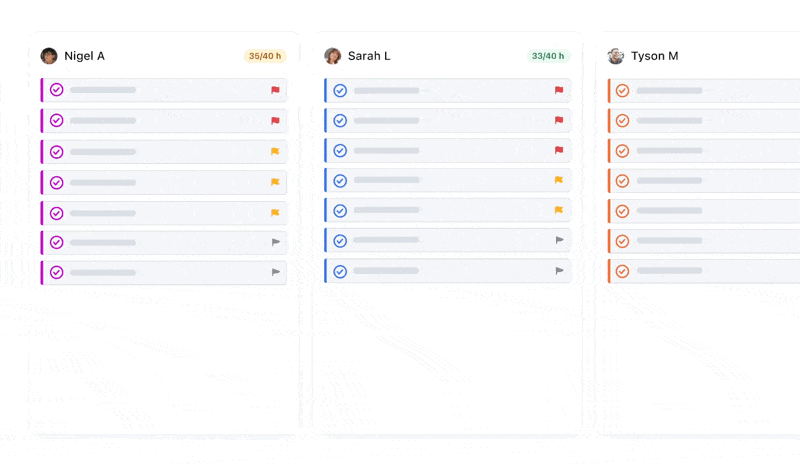
Motion is the AI assistant that helps busy people and teams be 137% more productive. Its intelligent scheduling system creates the perfect timeline for tasks, projects, and team workloads.
Motion’s AI can analyze hundreds of tasks, automatically prioritizing them for you and creating the most productive schedule to hit your targets. Whether managing your workload or preparing for your next big project, Motion can automate 30% of the manual planning process for you.
Start your free trial and become more productive today.

After 40-odd years of working in technology, project management, media, and marketing, Brian's career and growth journey has exposed him to a wide range of niches. He brings this breadth of knowledge and expertise in his content work through enriched storytelling and original concepts that make SaaS content engaging and accessible for readers of all stripes.

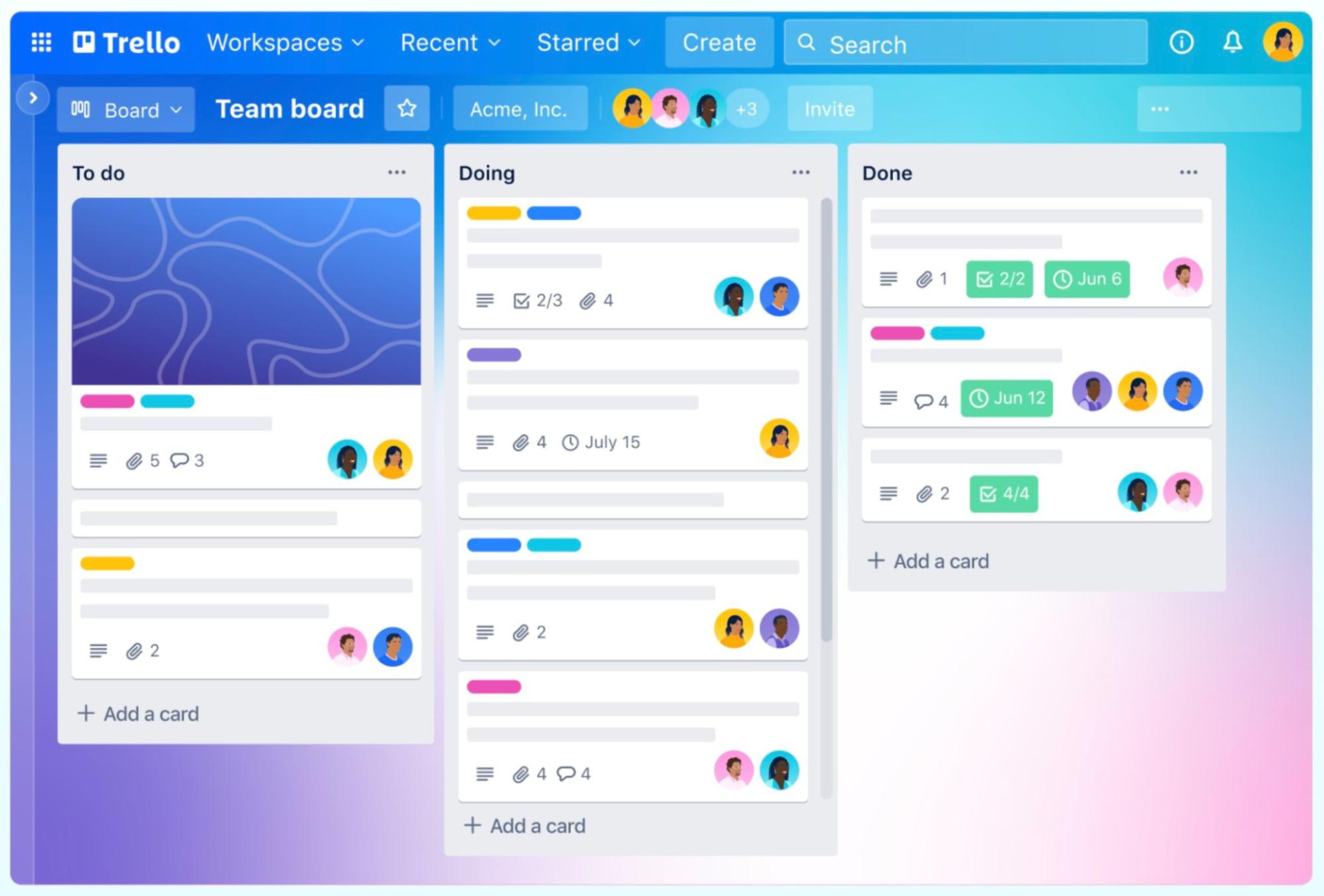
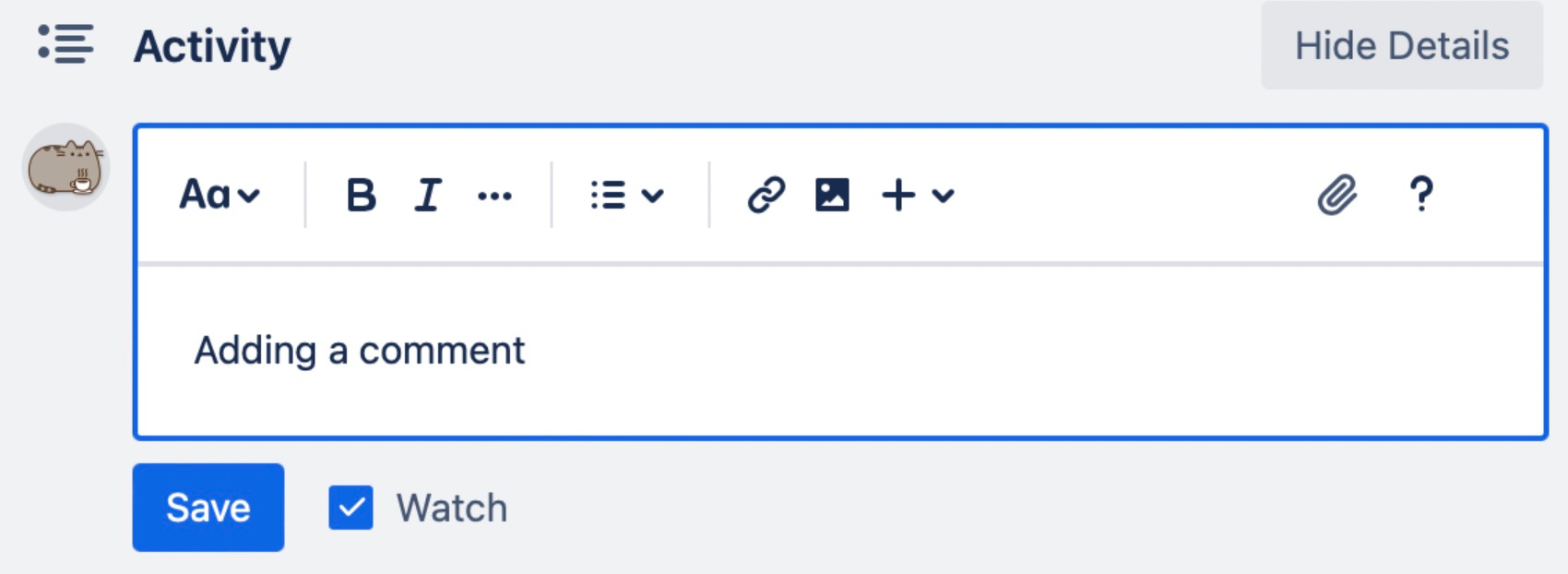
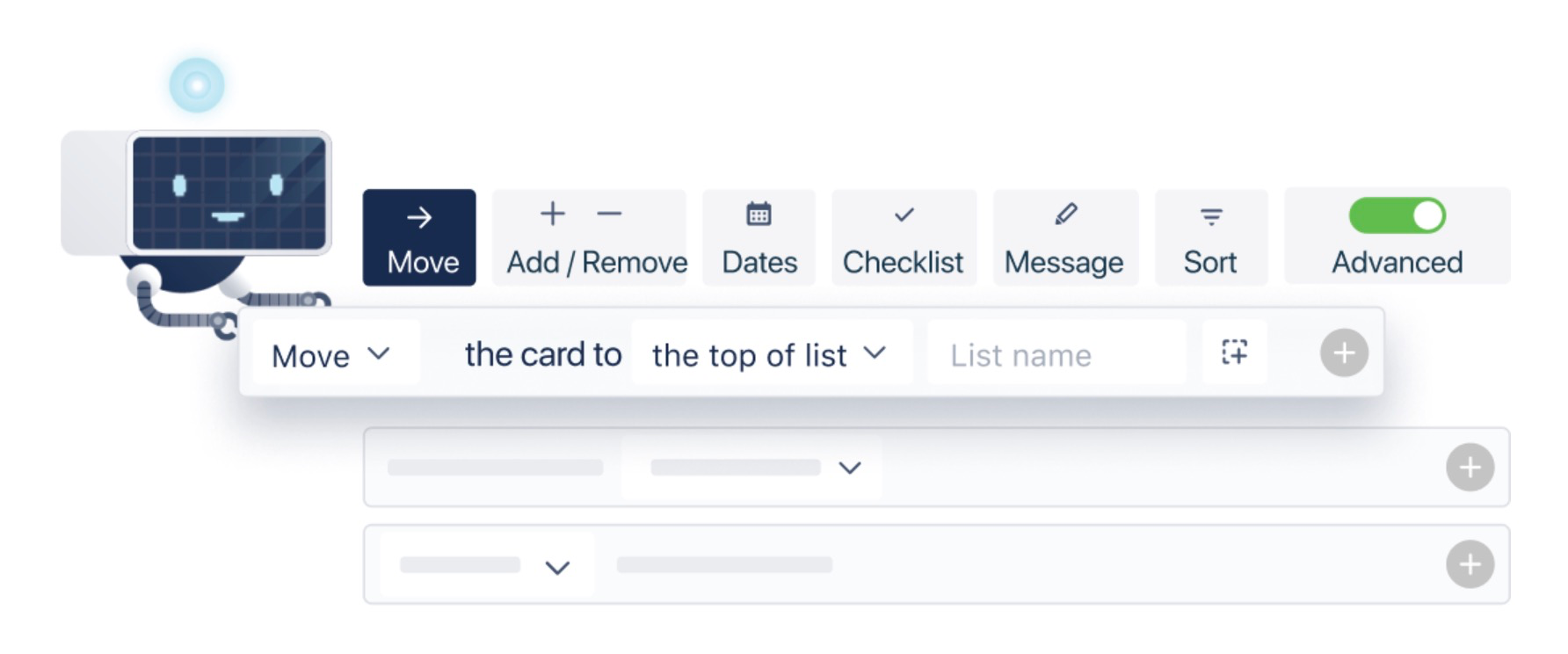
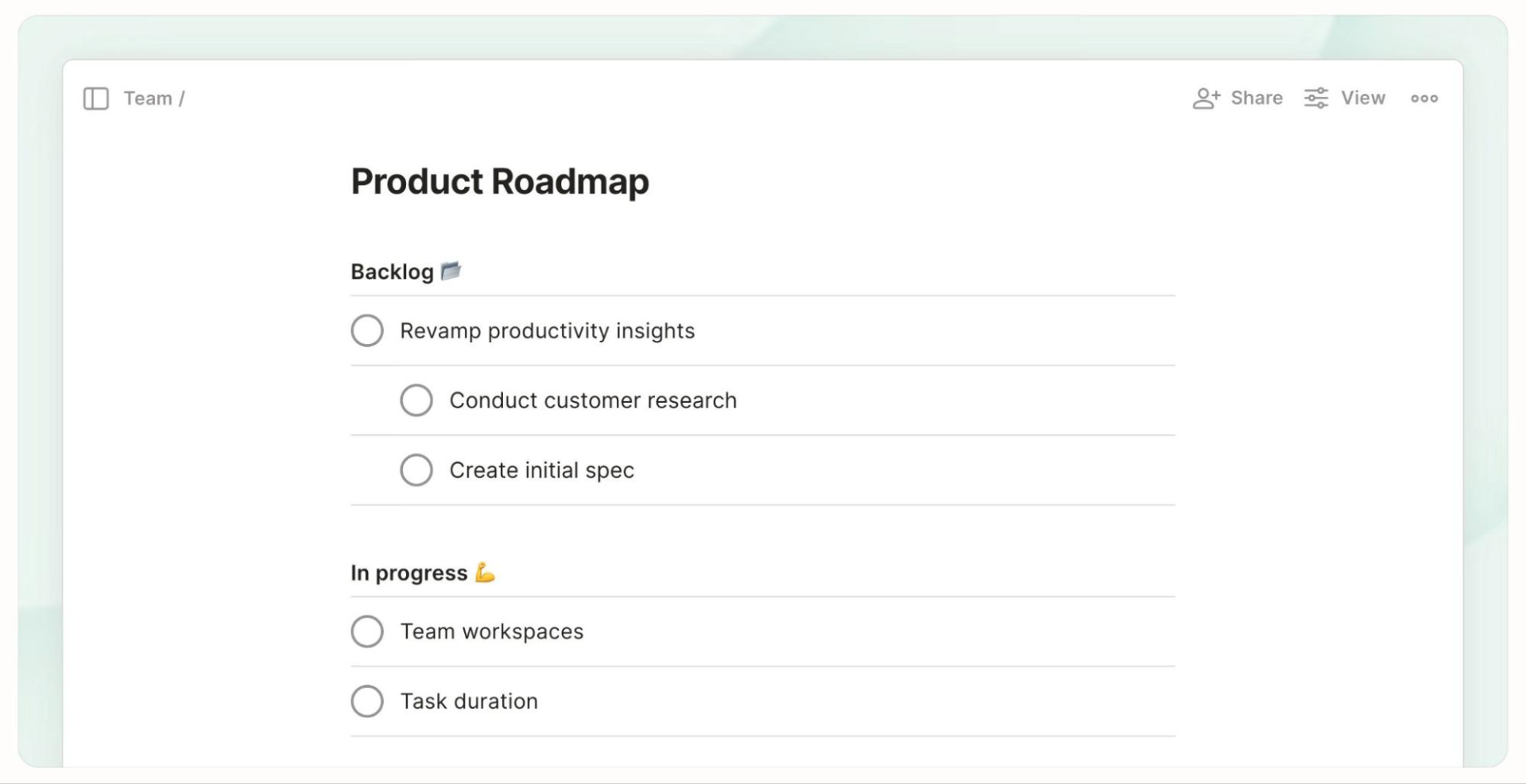
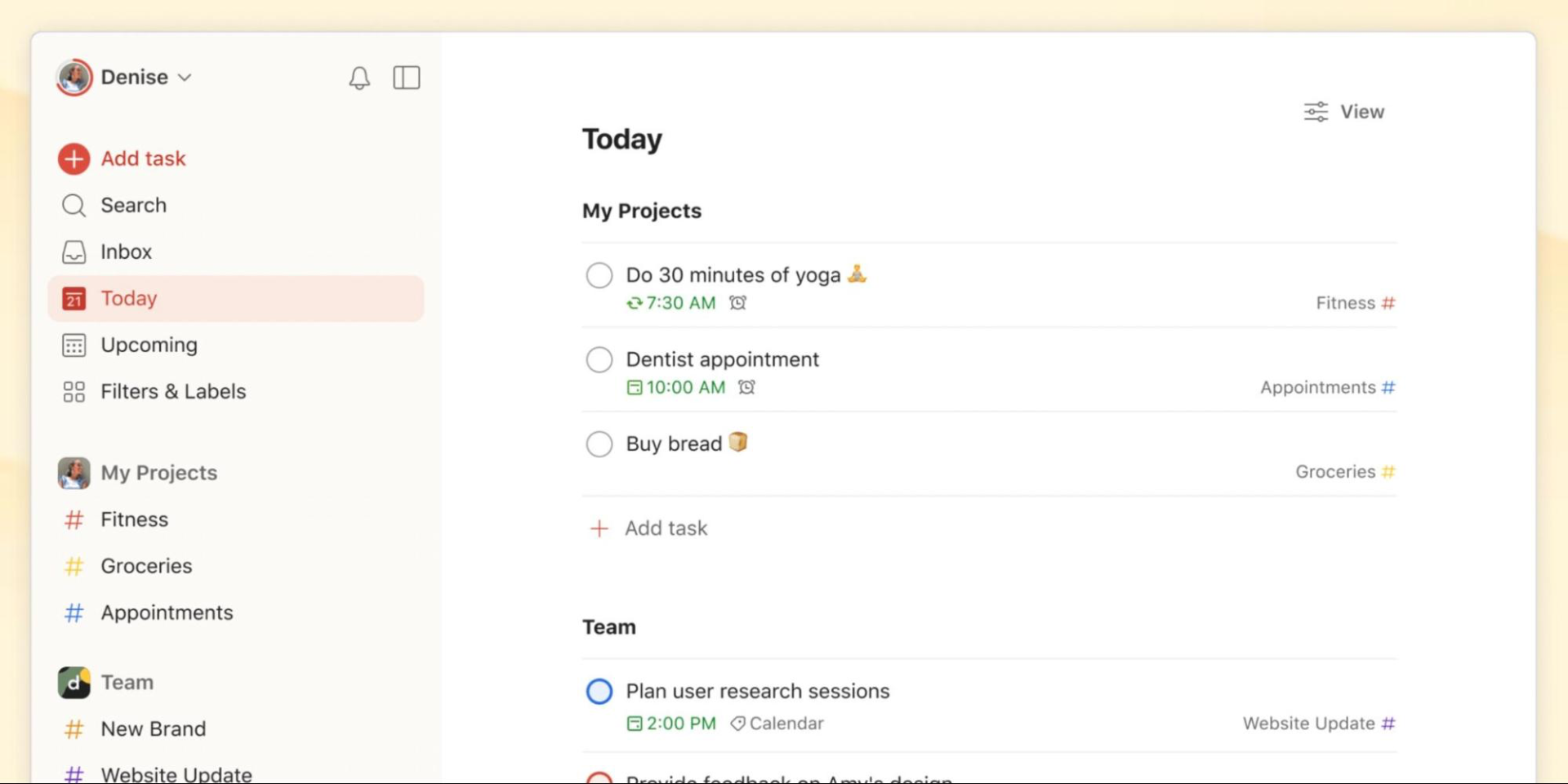

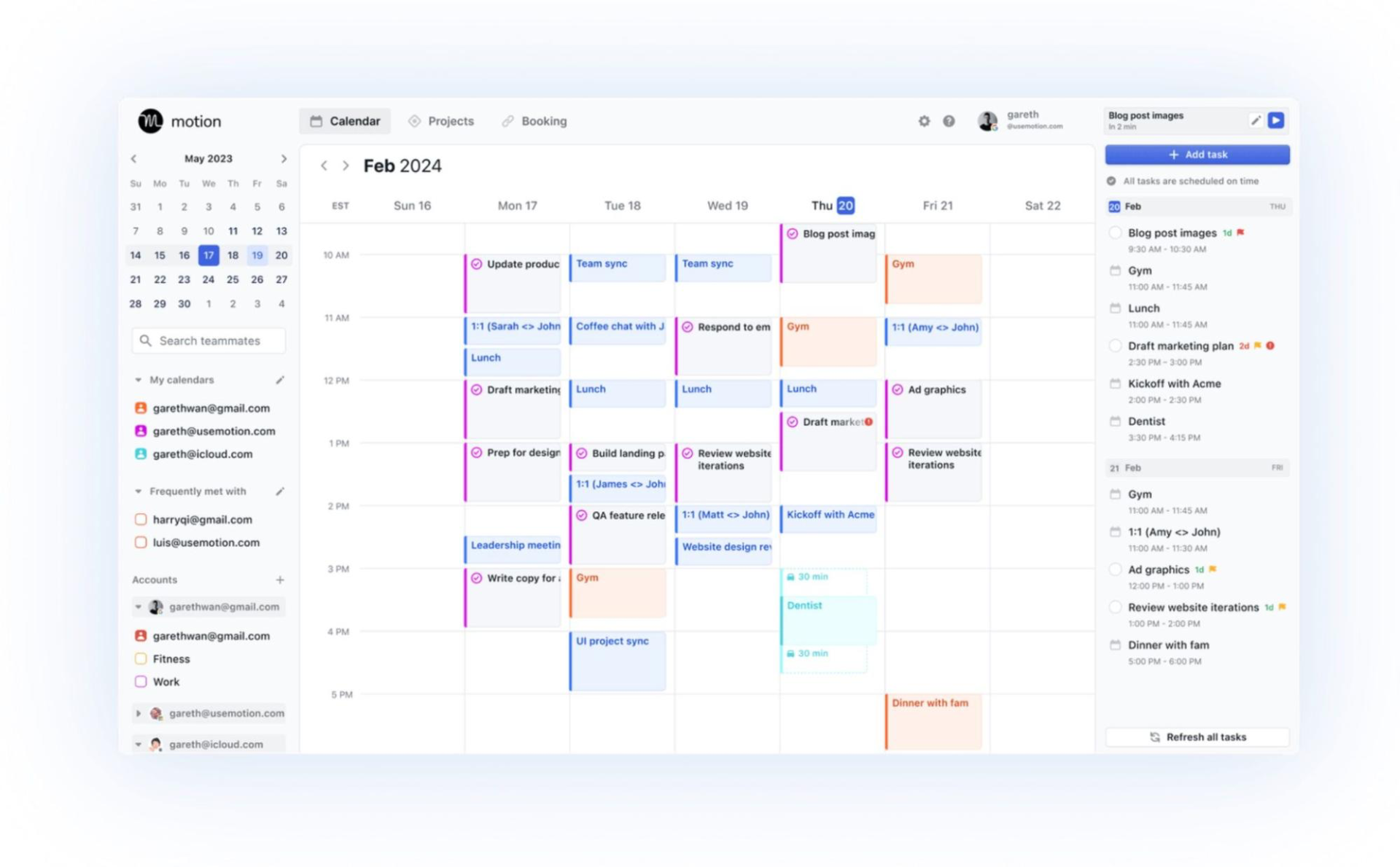
 Trello
Trello 


